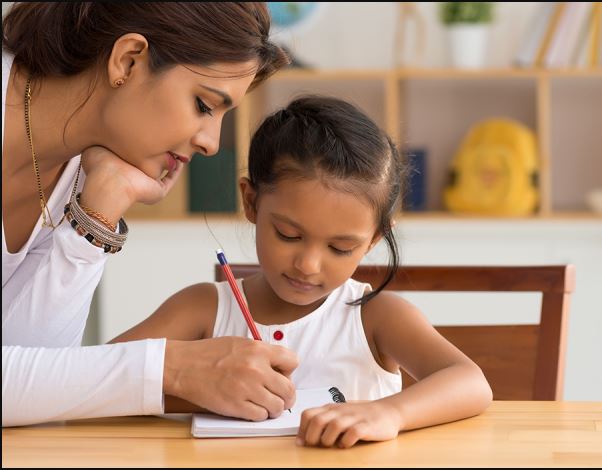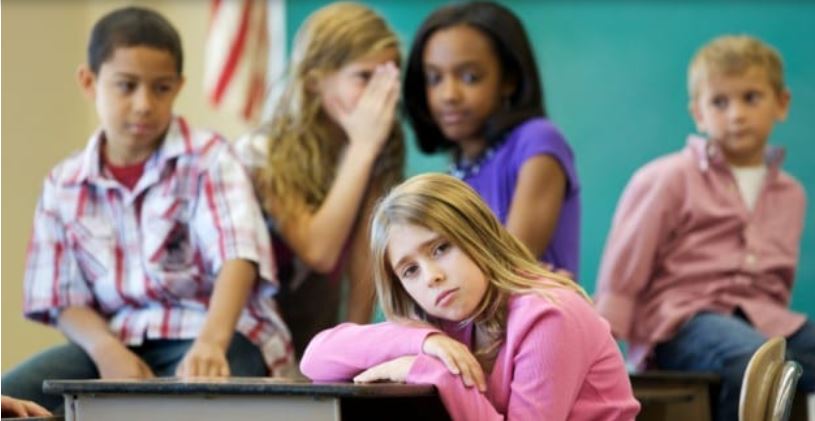Table of Contents
What is social anxiety disorder?
Social anxiety disorder is a common mental health disorder diagnosed among children and teens. Social anxiety refers to the phobia of interacting and communicating with a social group due to the fear of being judged or embarrassed. An ample percent of cases remain undiagnosed due to the lack of awareness about the disease and its signs and symptoms. Teenagers are more likely to experience social anxiety, for adolescence is the age where kids go through sudden hormonal, physiological, and behavioral changes.
Perks of living with social anxiety disorder
As mentioned before, a fair number of children grow into adulthood along with the symptoms of social anxiety disorder. If not treated at an early age, it may become chronic and severe with time. This may end up affecting an individual’s daily life routine at college, school, or even the workspace. Moreover, the patients diagnosed with this mental health condition will gradually prefer to seclude themselves from social gatherings and events that involve the presence of a large number of people. This will further pave way for loneliness and depression.
1. Look out for symptoms
What are the possible ways to identify whether or not your child is a victim of this disorder? Look out for symptoms to identify social anxiety in kids. This is the primary step each parent should consider doing if they are dubious about the mental stability of the child. But not everyone showcases similar symptoms. In children the symptoms may vary by age:
School-aged children
Social anxiety in kids can be recognized from the way they behave at school. Parents must pay attention to the teacher’s evaluation regarding the student’s performance at school, concerning both academics and other extracurricular activities. If the student is hesitant to talk to other kids, speak in front of the class, answer the questions, read aloud, wishes to walk alone, prefers to eat alone, or refuses to participate in activities other than academics, or denies to perform on the stage, then it’s likely that the child is prone to social anxiety disorder.
In teenagers
Children aged between 13 and 19 are addressed as teenagers. This is the age when a child goes through the period of adolescence. Teens who have social anxiety will find it uncomfortable to be within a social group. They do not reveal a lot about themselves when asked to introduce themselves. They keep their heads down to avoid eye contact with people. In addition to this, they are constantly concerned about how others would judge them. This thought keeps popping up in their mind and restrains them from speaking up in the class, expressing their opinions, and seeking help from the teacher.

2. Types of symptoms
Symptoms may not be the same for everyone. It varies from child to child. In some, it could be physical while in others it may be behavioral or emotional changes.
Physical symptoms
Social anxiety in kids is accompanied by physical symptoms in certain cases. The commonly seen symptoms include increased rate of heartbeat, lightheadedness, dizziness, nausea, blushing, blank state of mind, trembling, and sweating.
Emotional and behavioral symptoms
In some children, social anxiety is indicated through the emotional and behavioral changes they showcase when in midst of a situation that demands social interaction. It could either be the fear of being judged by others or the fear of embarrassment. Few other reasons like thinking about the past embarrassing scenarios that were associated with social interaction or public speaking could also trigger fear in the child. In a context like this, the kids will neither speak up nor initiate a conversation with others out of the fear of humiliating themselves or being overly concerned about what others would perceive of them.
Avoiding social situations
Kids with social anxiety find it difficult to face the public. They will avoid all possible social gatherings. For instance, they will prefer eating alone to avoid eating in front of a group of people. It is pretty hard for them to enter into a room where people are already seated. To avoid the awkwardness of facing strangers, they prefer not to use public washrooms. Making eye contact with people seems like a nightmare to kids diagnosed with social anxiety disorder, let alone interactions and in-depth conversations.
Conclusion
People often misunderstand social anxiety disorder with mere shyness. This is why a lot many kids are still left undiagnosed. If left untreated, the child may have to pay for severe consequences in the future. In a world where socialization and communication play huge importance, kids with a social anxiety disorder will struggle to survive. Therefore, any disturbing factor that prevents a child from interacting with others must be uprooted immediately.
Read Next : https://brainyline.com/how-to-take-care-of-your-childs-mental-health/



